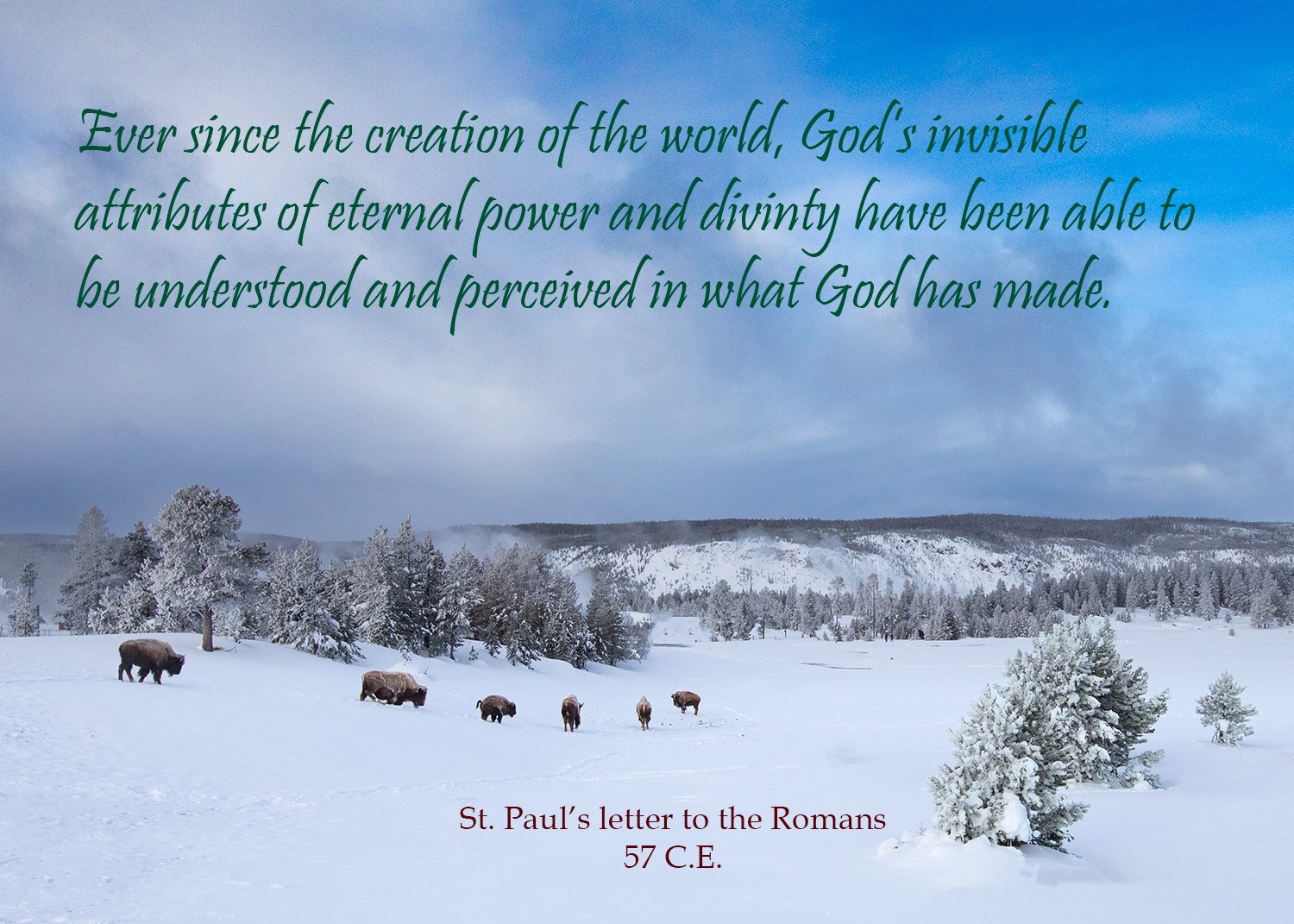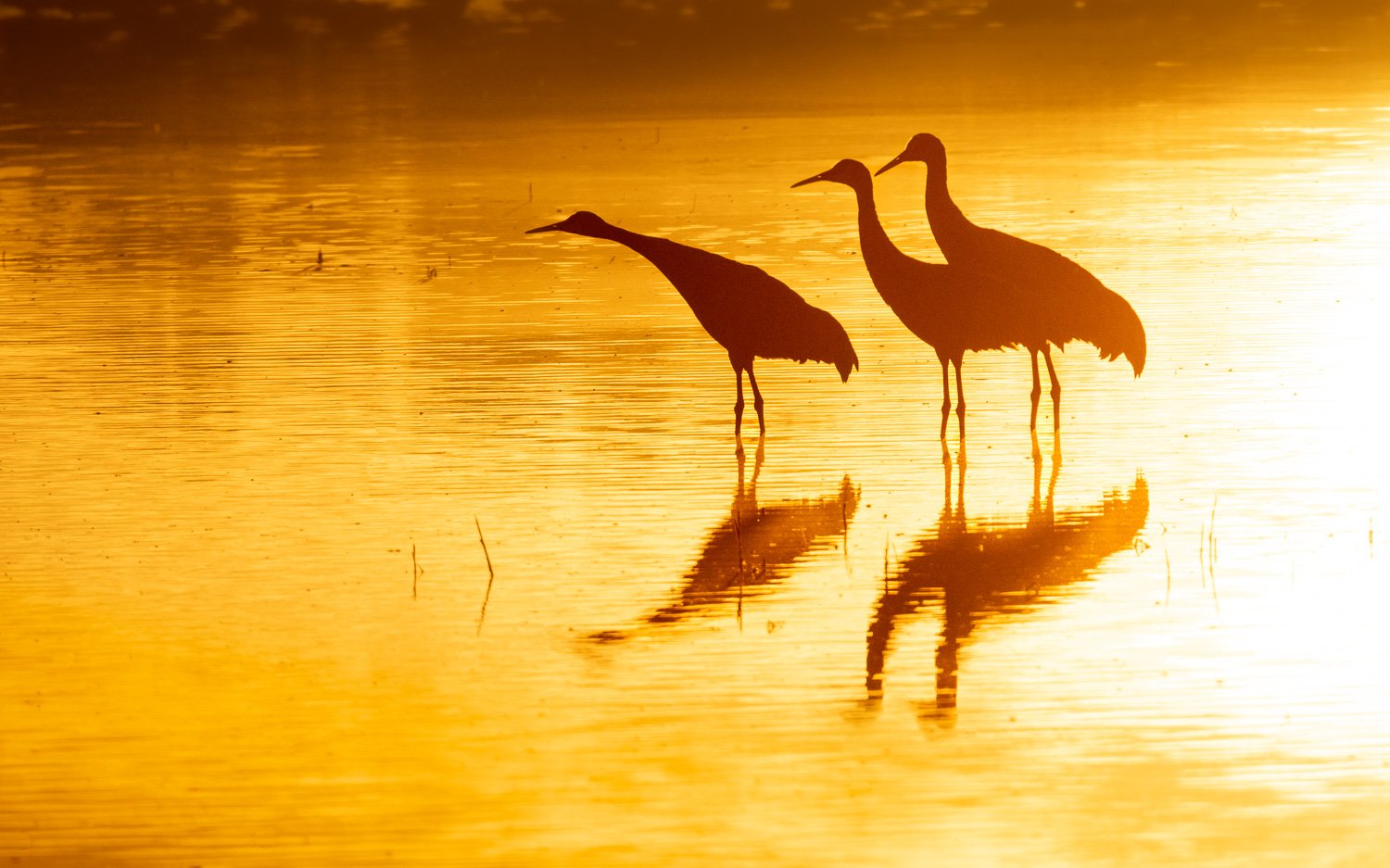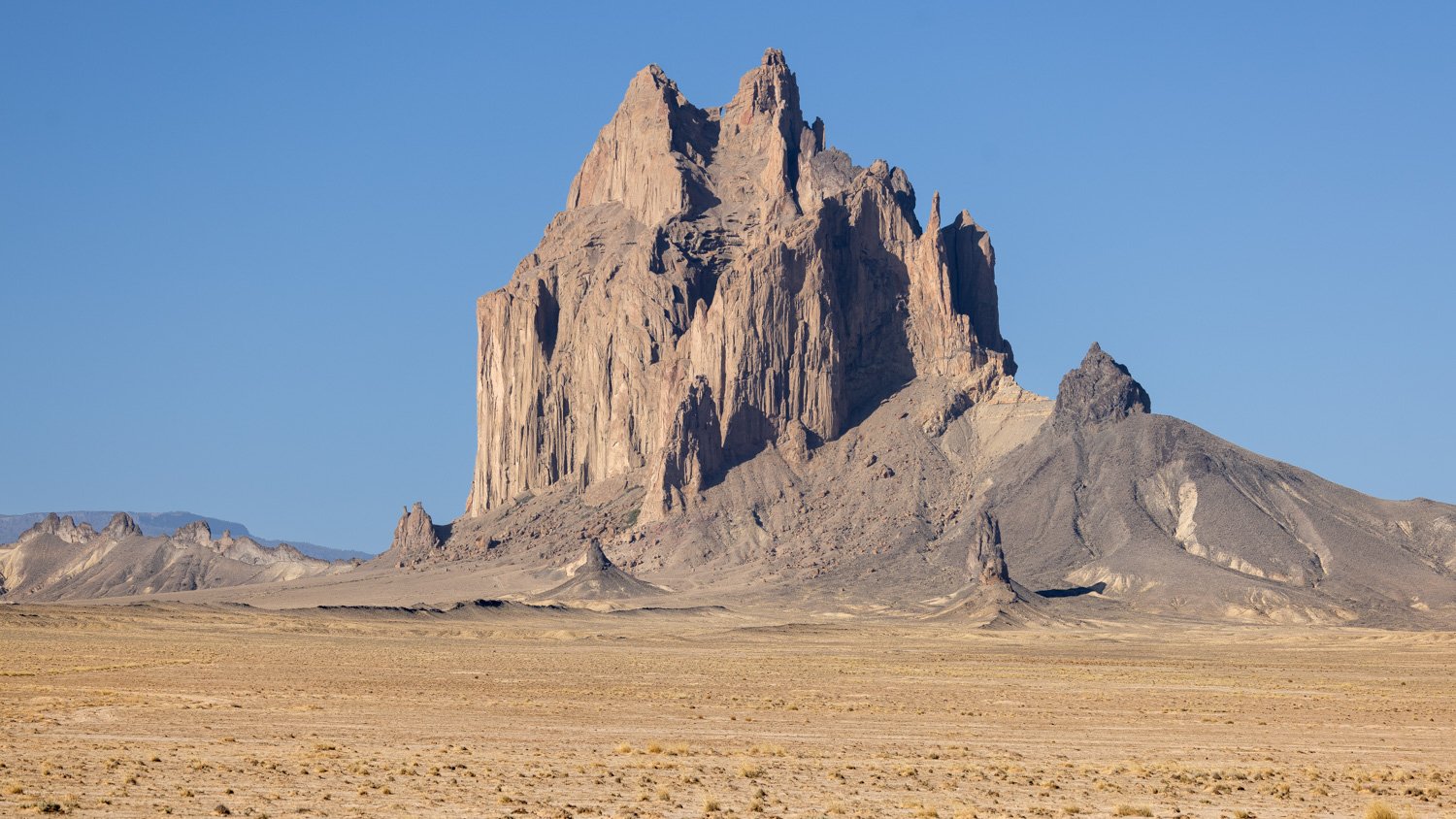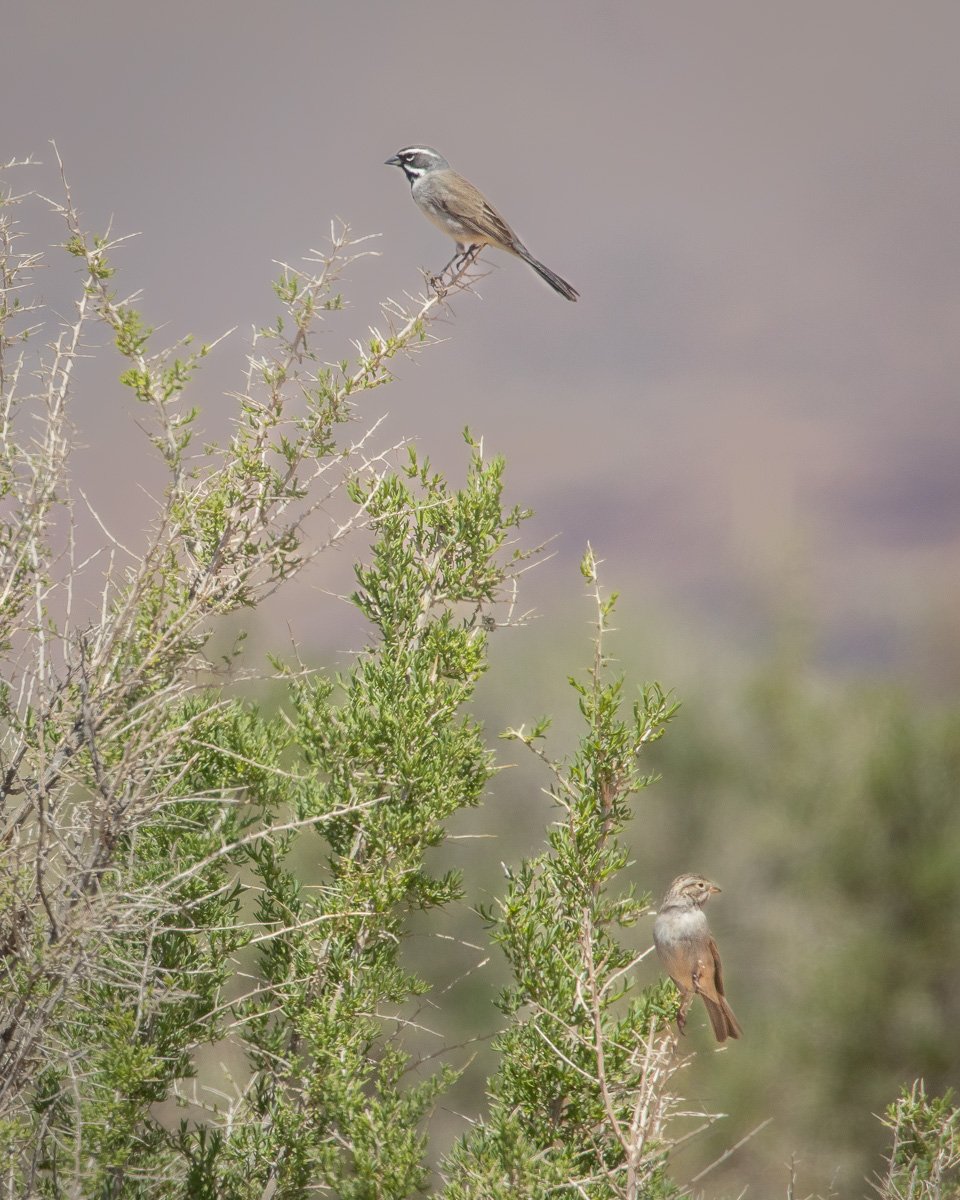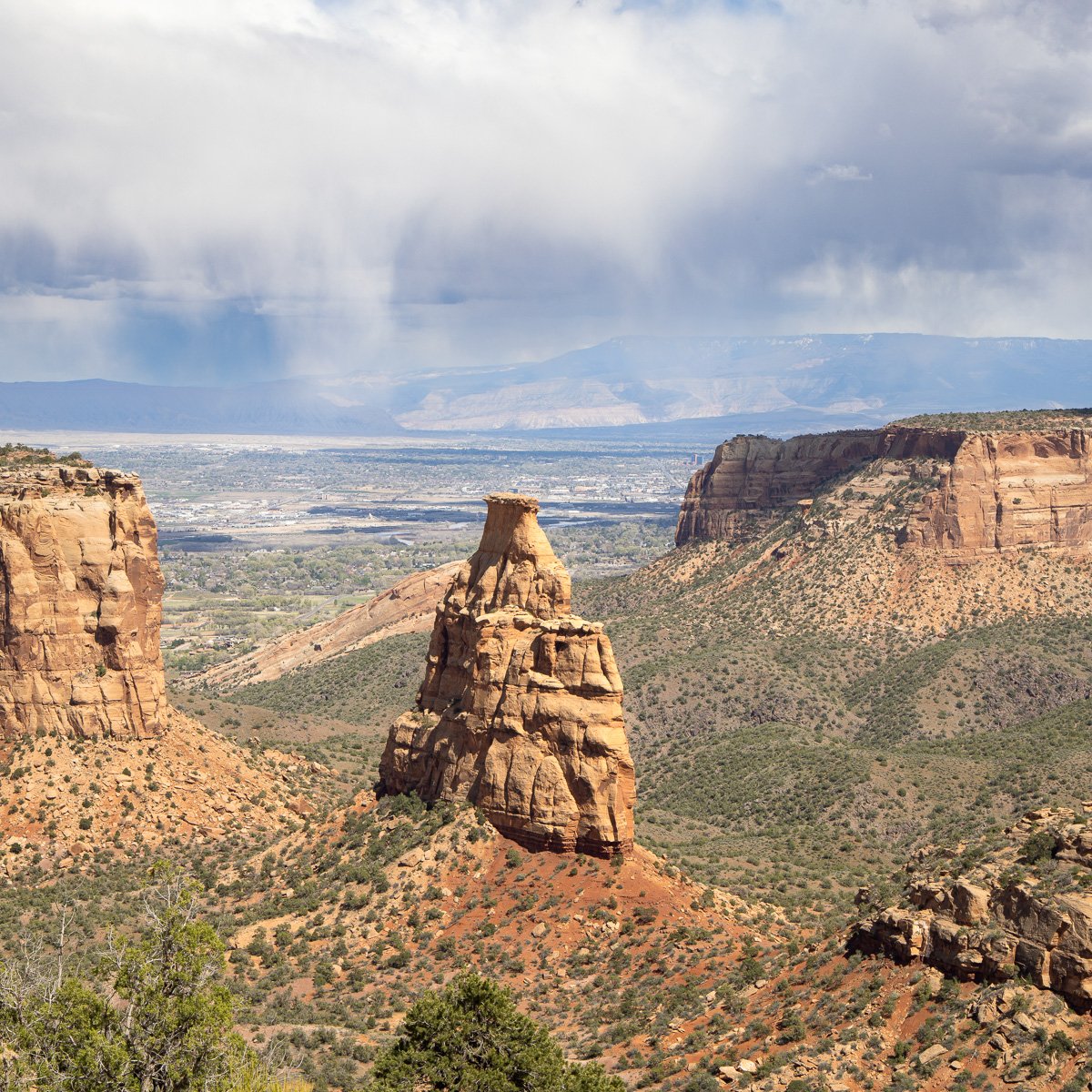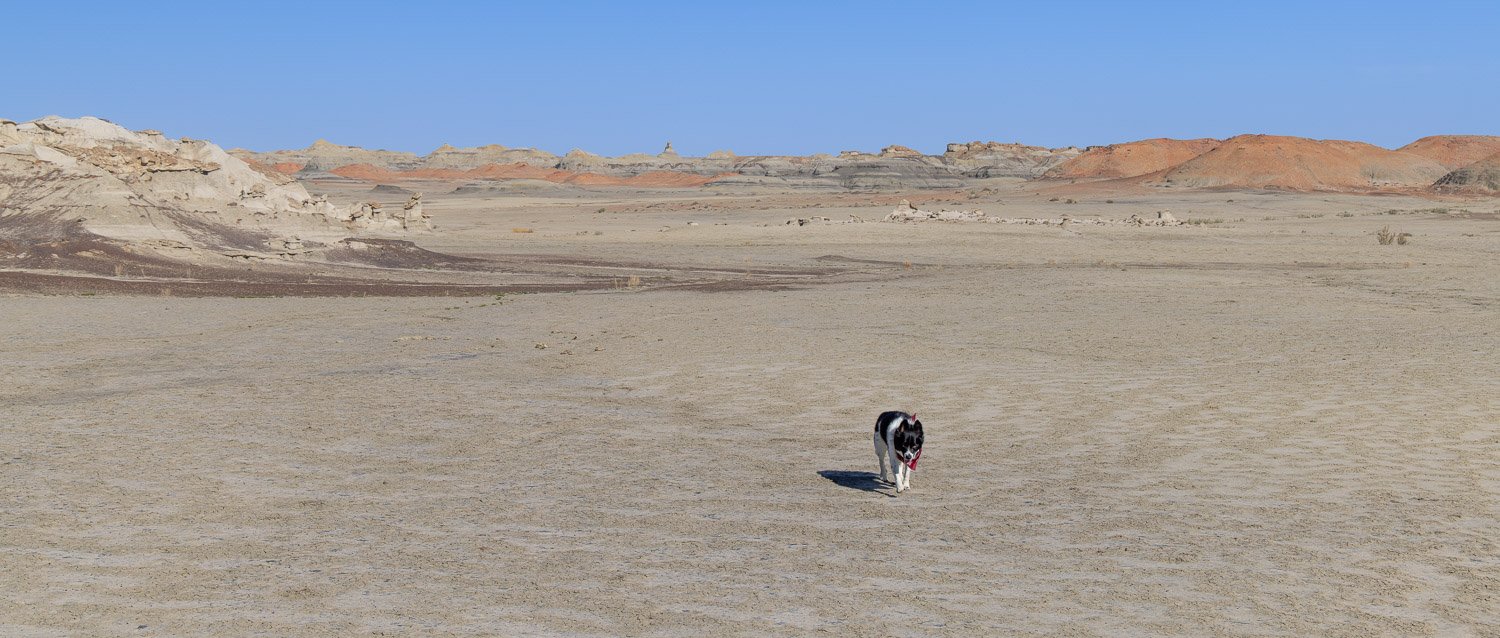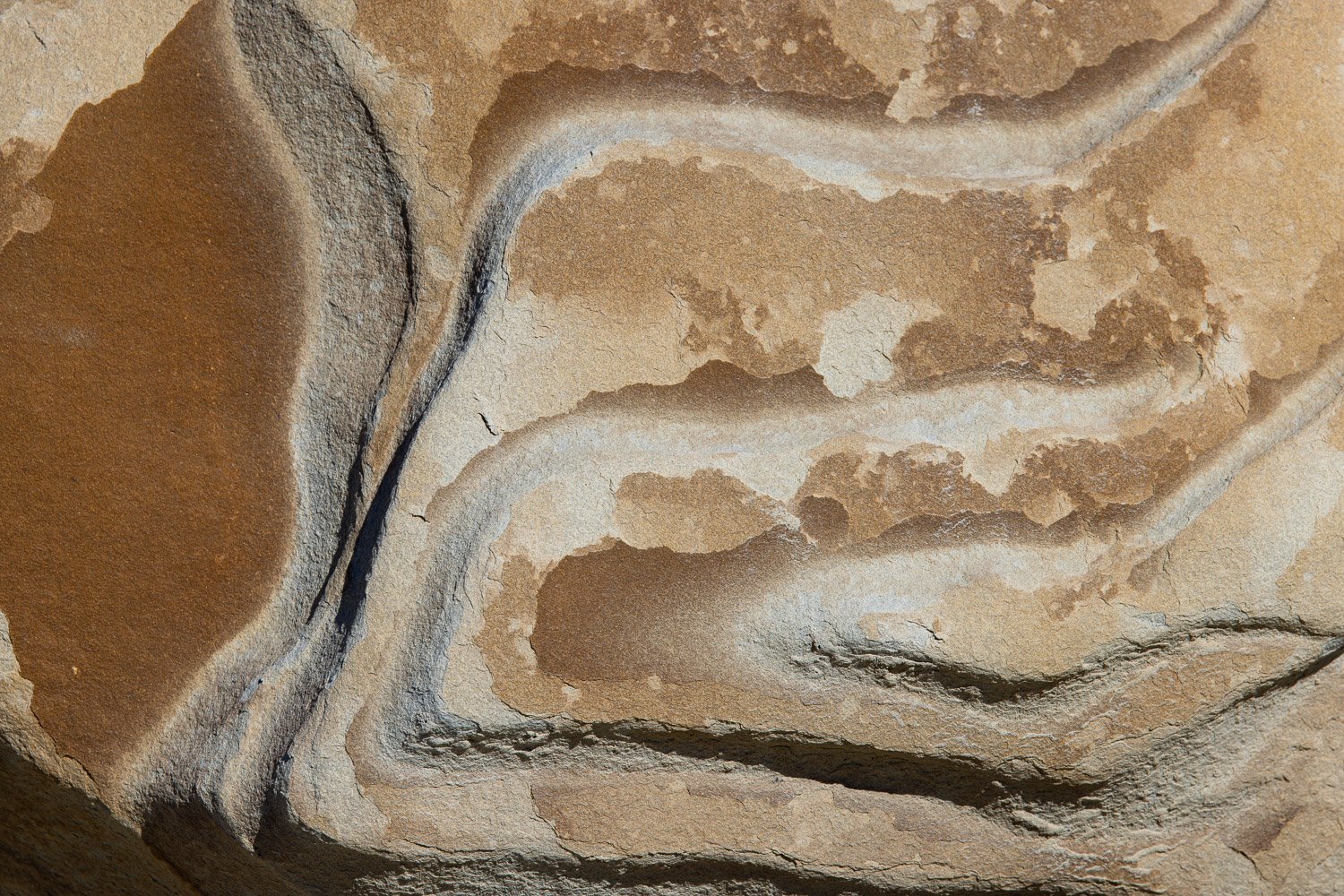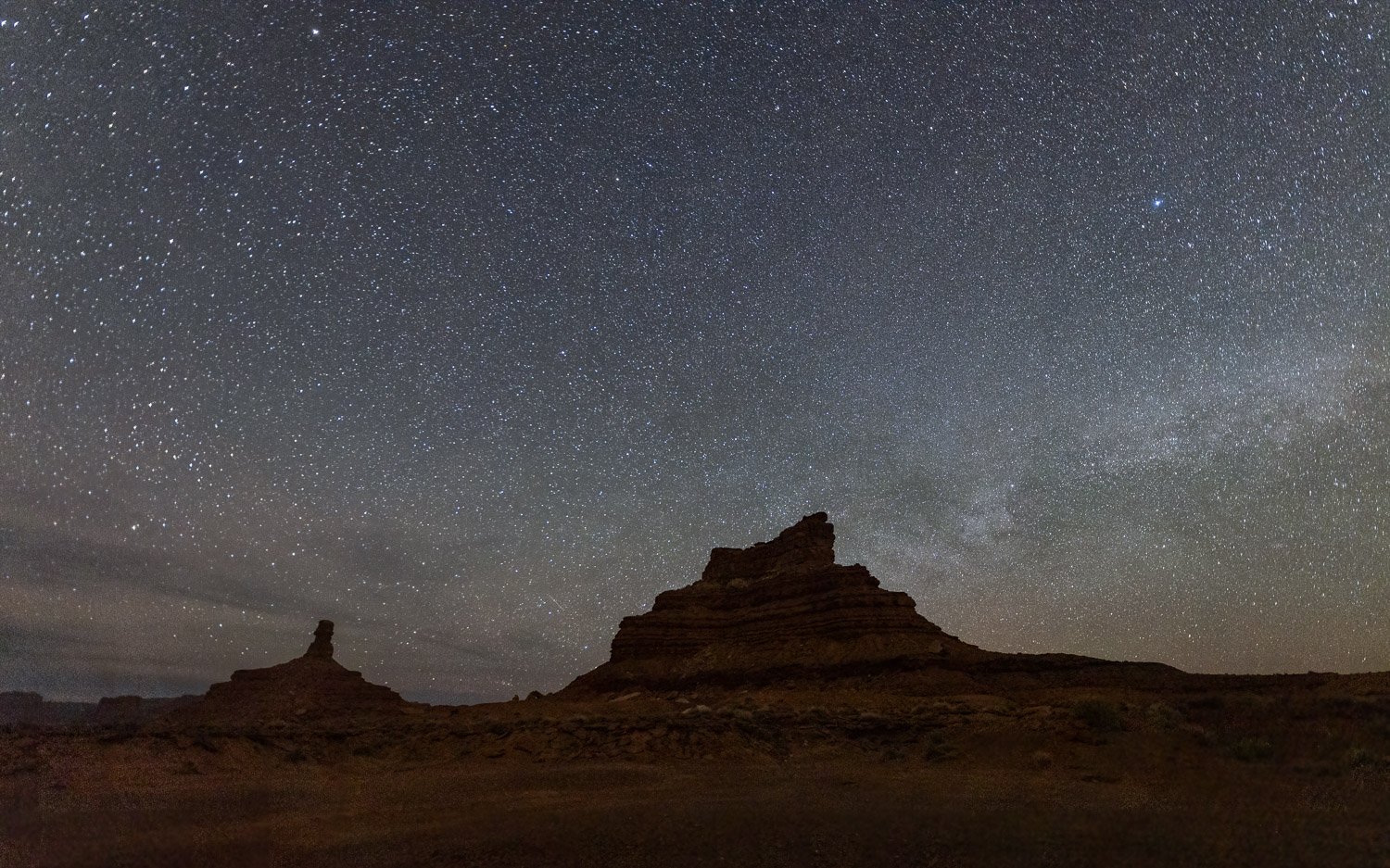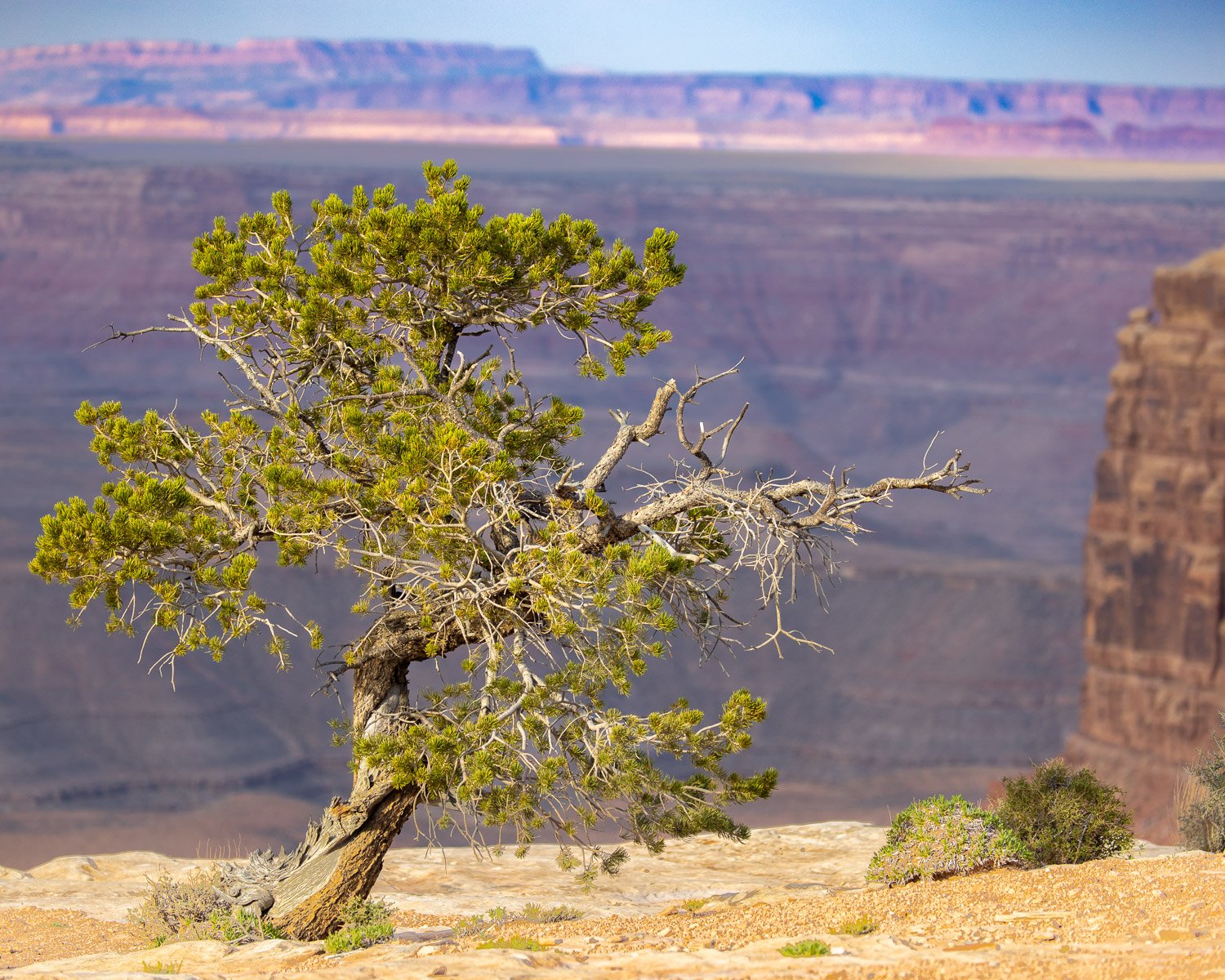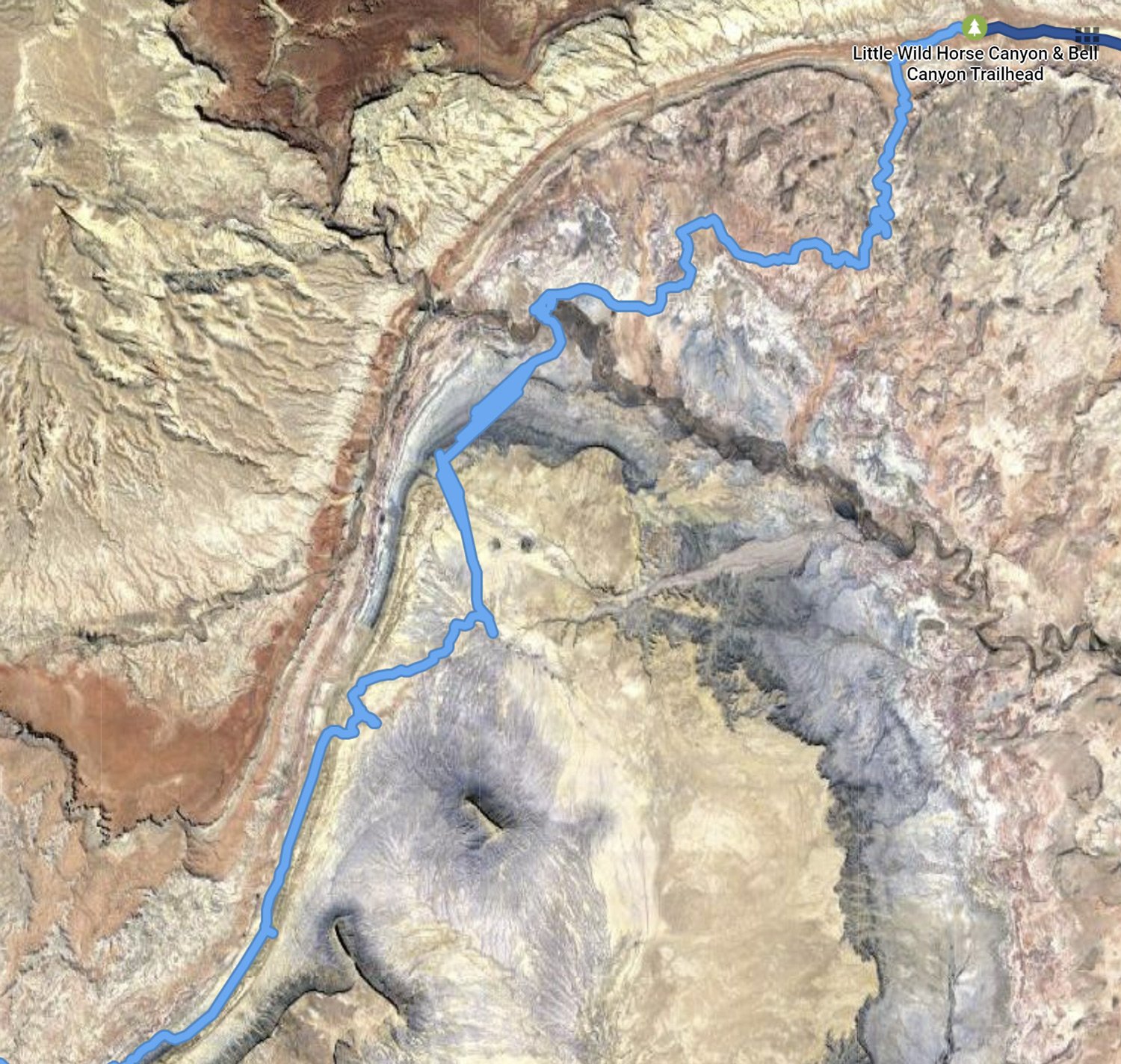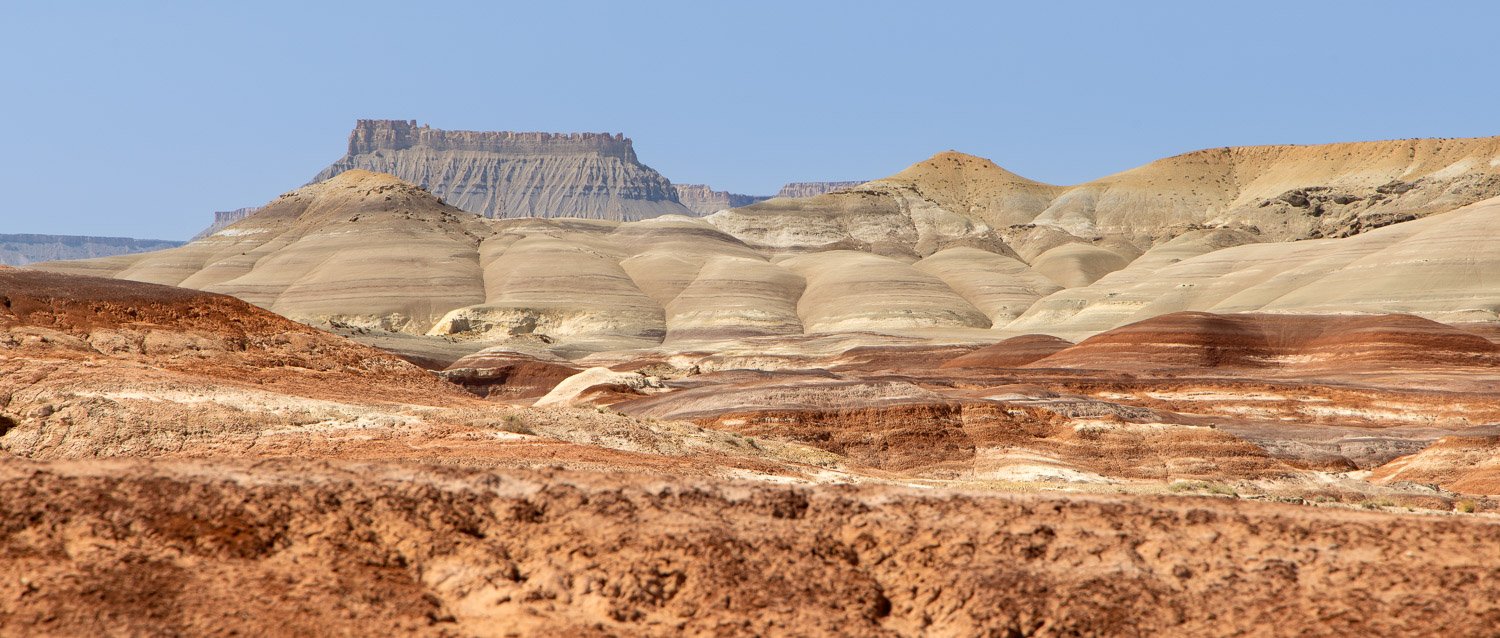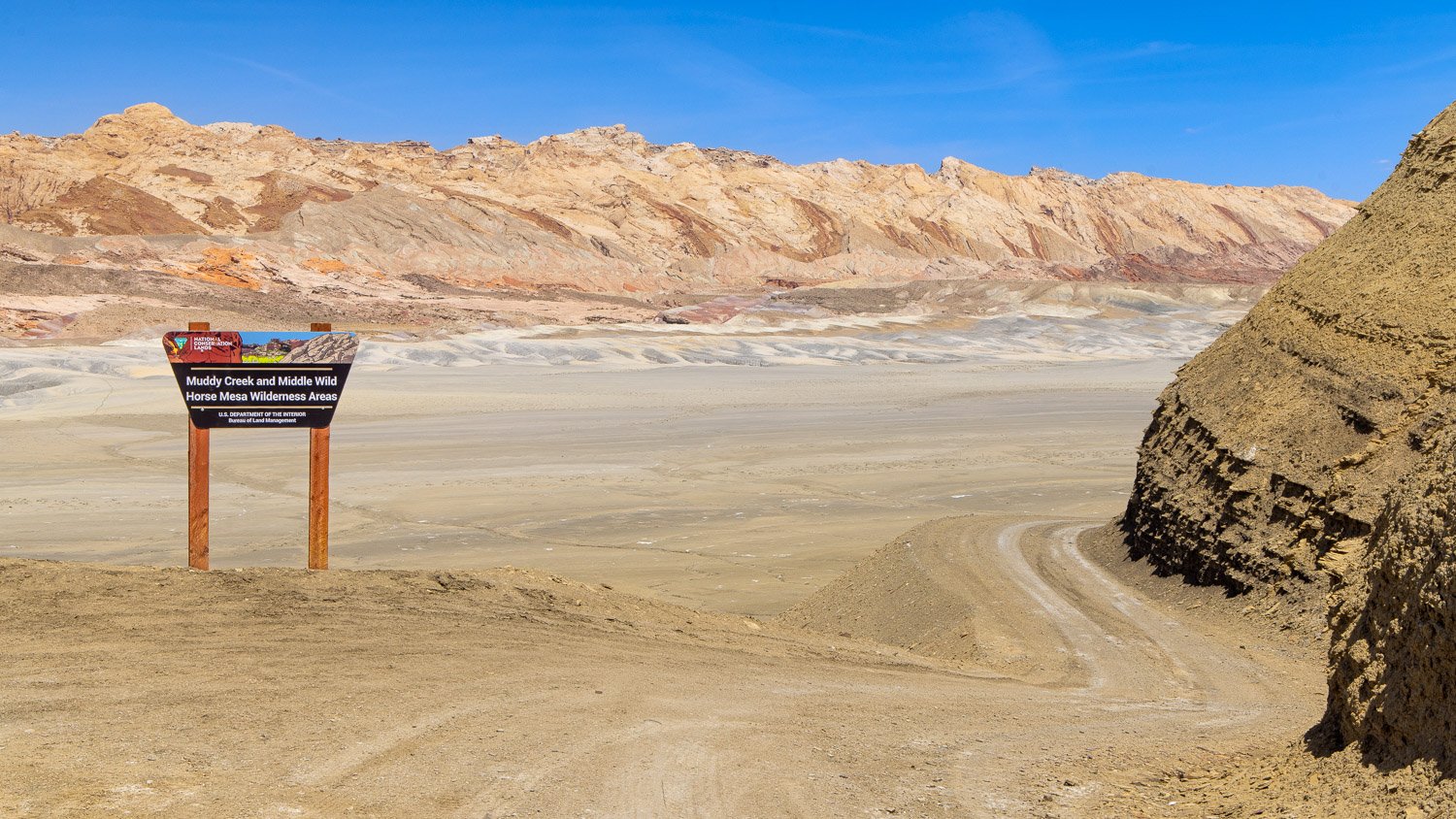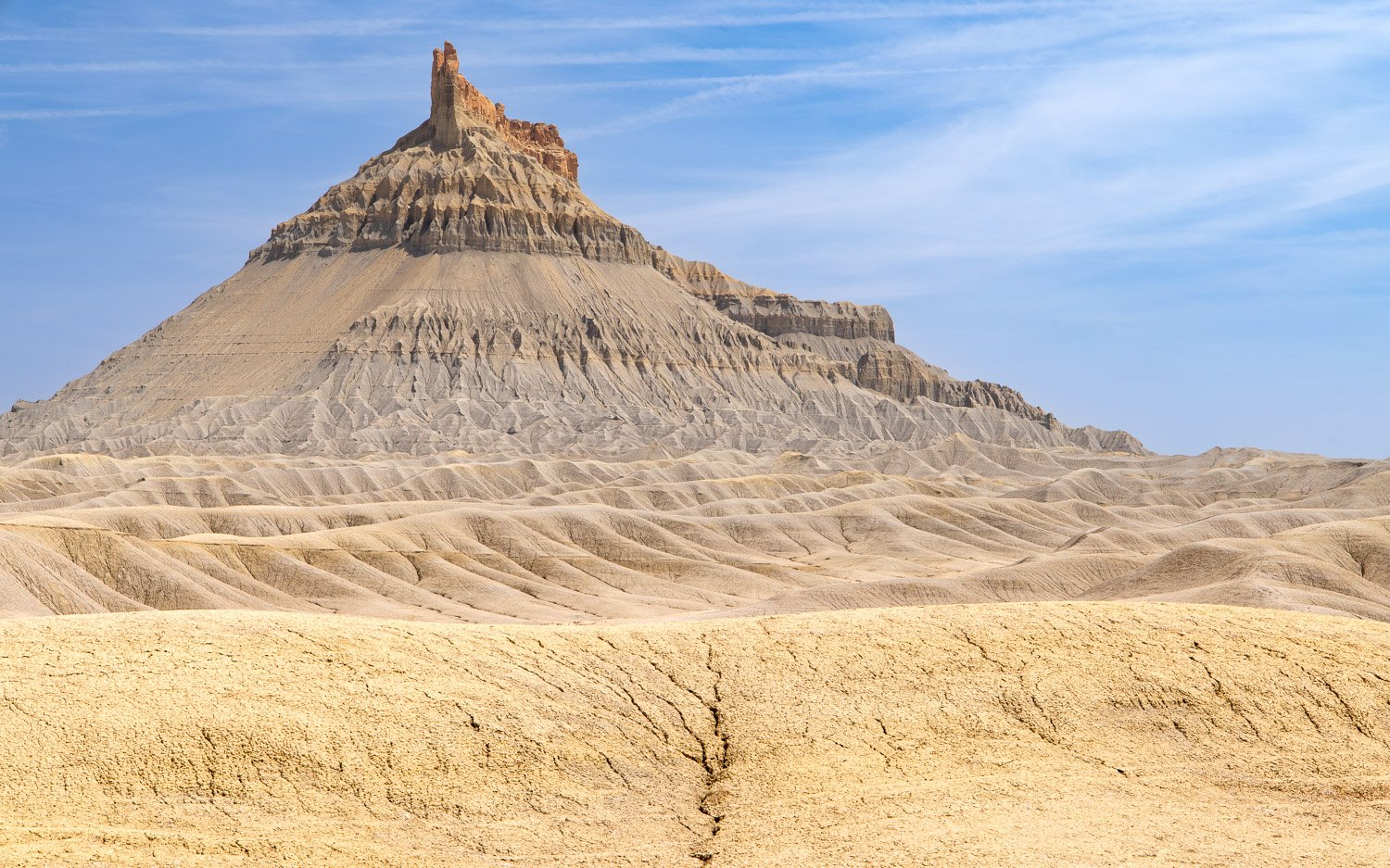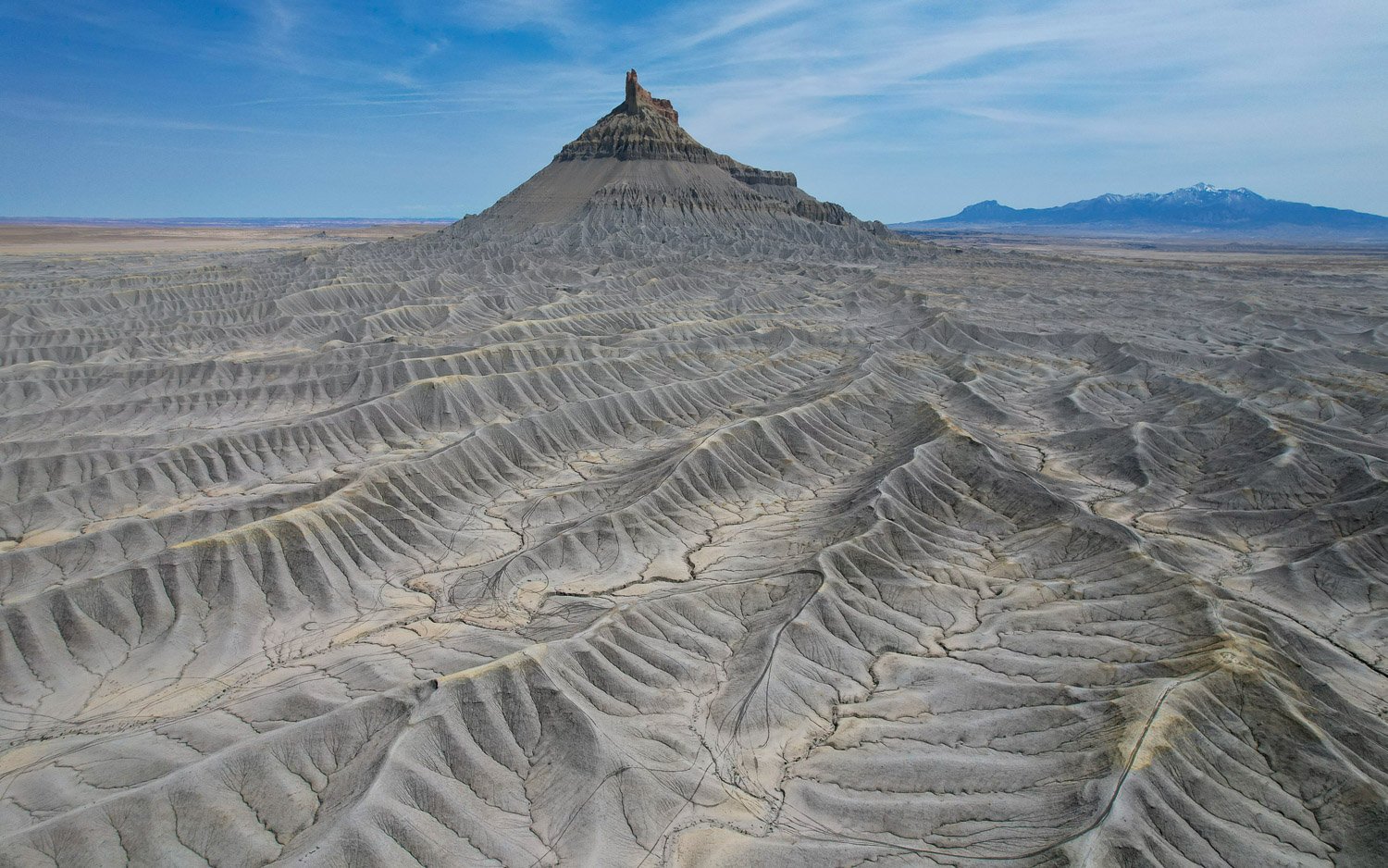In my Travel Tuesday posts I wrote about Ancestral Puebloan rock art and Craig Childs’ book Tracing Time. In searching for petroglyphs and pictographs in the Colorado Plateau, Childs shares a secret that he pays attention to the acoustics of the land. He has discovered the rock art is often plentiful where sounds also concentrate. Hempton notes that Salter, who is also a sound recordist, makes a connection with this ancient rock art:
“But what I experience here has to do with that life-changing experience I had listening to the sounds that first night I was here. This is very hard to describe, but—this rock is so old and it’s so beautiful. There are paintings on it done by people who lived here, connecting with the land. The rock is red, the color of flesh, and it was flesh for the people who lived here. . . I find it inspiring to return to a place where I can find art, I can find evidences of a people who lived in a very direct way, and where I can find few evidences of the modern world. . . It’s enlivening, it’s awakening to be here, to be relying on these capacities which we don’t often get to use in the civilized world. Especially our senses. We’re using our senses all the time out here. . . So when I started recording here six years ago, I went back to try to capture, as if I was doing a petroglyph, my experience of that moment, with all the things that were funneling into it: the cycles of the weather, the day and night, the season, the animals’ movements. All of these things that are increasingly rare and more and more endangered, I find here in plentitude and I’m renewed, apprehending them, in all the senses of the word apprehending.
Gordon Hempton, One Square Inch of Silence p 149 (2009).

